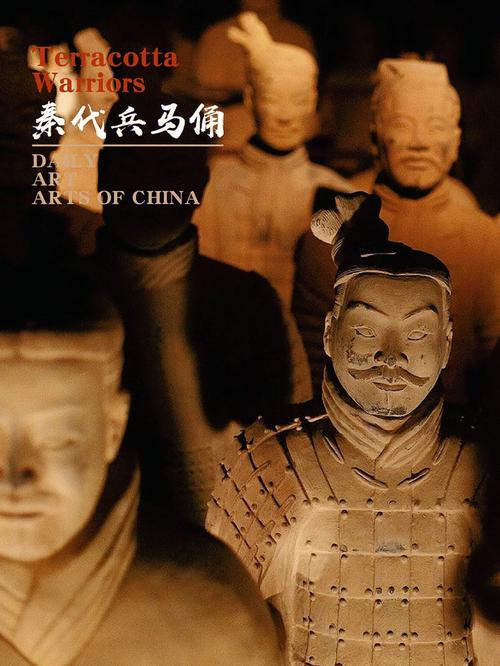
How is the Terracotta Army Organized?
The Terracotta Army, a breathtaking spectacle of ancient Chinese artistry, is renowned for its sheer scale and the remarkable organization of its figures. Discovered in 1974 near Xi'an, China, this vast collection of terracotta sculptures represents the armies of Qin Shi Huang, the first emperor of China. Let's delve into the intricate organization of this ancient wonder.
The Three Pits
The Terracotta Army is distributed across three main pits, each with a distinct purpose and arrangement:
-
Pit 1: This is the largest of the three pits, measuring approximately 210 by 60 meters. It contains the main force of the army, boasting over 6,000 life-sized terracotta figures arranged in rectangular battle formations. Eleven parallel corridors house these soldiers, with chariots forming the vanguard at the eastern end. This meticulous arrangement highlights the army's readiness for battle.
-
Pit 2: Smaller than Pit 1, this pit showcases the diverse units within the Qin army. It contains archers, cavalry, and chariots arranged in a complex formation designed to outmaneuver the enemy. The presence of these specialized troops emphasizes the strategic depth and adaptability of the Qin military.
-
Pit 3: Considered the command post, Pit 3 contains high-ranking officers and a chariot thought to belong to the commanding general. The smaller size and more elaborate figures in this pit underline the importance of leadership and strategy in ancient Chinese warfare.
Military Formation and Hierarchy
The figures within the pits are not arranged randomly but meticulously positioned to replicate a real-life military formation.
-
Infantry: The vast majority of figures are infantrymen, armed with various weapons such as spears, swords, and crossbows. They stand in tight formations, reflecting the disciplined nature of the Qin army.
-
Chariots: The chariots, each drawn by four horses, represent a formidable offensive force in ancient warfare. Their placement at the front of Pit 1 emphasizes their role in leading the charge into battle.
-
Cavalry: Mounted soldiers, positioned strategically within the formations, represent the cavalry units crucial for flanking maneuvers and swift attacks.
-
Officers: Distinguished by their elaborate headdresses and armor, officers are positioned throughout the pits, reflecting their role in commanding and coordinating the troops.
The meticulous arrangement of figures according to their rank and military function provides invaluable insights into the hierarchical structure and strategic thinking of the ancient Chinese military.
A Symbolic Army for the Afterlife
The sheer scale and meticulous organization of the Terracotta Army point towards a deeper purpose beyond mere decoration. It is widely believed that Qin Shi Huang, obsessed with immortality, intended this army to serve and protect him in the afterlife. Just as he had unified China in life, he sought to maintain his power and command even in death.
FAQs
Q: Why was the Terracotta Army created?
A: The Terracotta Army was created to accompany Qin Shi Huang, the first emperor of China, in the afterlife. It was believed that these terracotta warriors would protect and serve him in the next realm.
Q: How many figures are there in the Terracotta Army?
A: It is estimated that there are over 8,000 life-sized terracotta figures in the three pits that make up the Terracotta Army.
Q: What can we learn from the organization of the Terracotta Army?
A: The organization of the Terracotta Army reveals valuable insights into the military strategies, weaponry, and hierarchical structure of the ancient Chinese army during the Qin dynasty. It highlights their emphasis on discipline, strategic formation, and the importance of a well-defined chain of command.